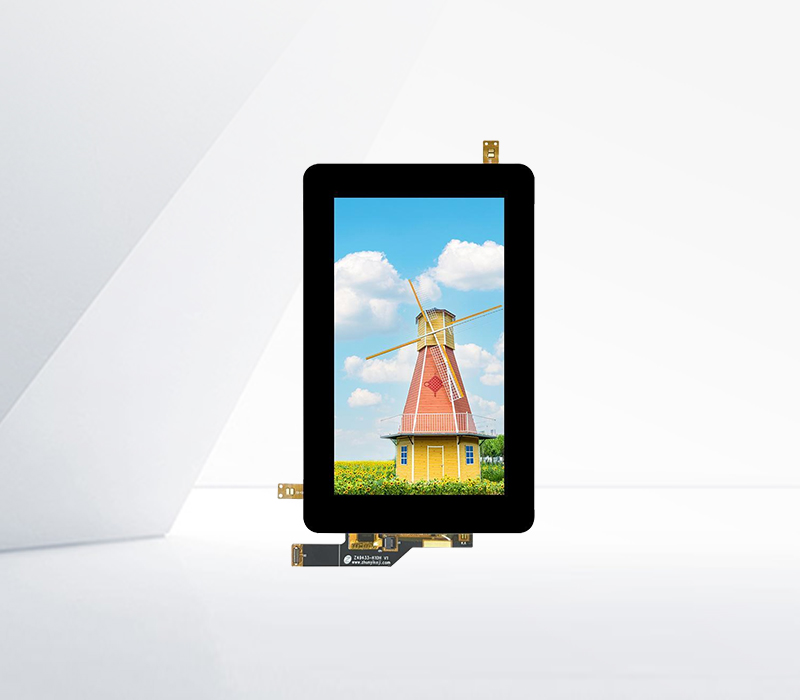




Cleaning an LCD display is essential to maintain its clarity and prolong its lifespan. Here are the recommended steps and precautions for effective cleaning:
1. Power off and unplug: Before starting the cleaning process, always turn off the LCD display and unplug it from the power source. This ensures your safety and prevents any potential damage to the device from electrical surges or accidental button presses during cleaning.
2. Use a soft, lint-free cloth: A microfiber cloth is an ideal choice as it is gentle on the screen surface and effectively removes dust and fingerprints without scratching. Avoid using paper towels or rough fabrics that can leave scratches or lint on the display.
3. Gentle wiping: Gently wipe the screen in a single direction, starting from the top and working your way down. Do not apply excessive pressure, as this can damage the liquid crystal layer beneath the screen. For stubborn fingerprints or smudges, you can slightly dampen the cloth with distilled water. Never use tap water, as it may contain minerals that can leave streaks or damage the screen when it dries.
4. Avoid harsh chemicals: Do not use window cleaners, ammonia-based cleaners, or alcohol to clean the LCD display. These substances can damage the anti-glare coating or the screen itself. If you need to remove more stubborn stains, you can use a small amount of a specialized LCD cleaner, following the product instructions carefully.
5. Clean the edges and frame: Wipe the edges and frame of the display with a clean, dry part of the cloth to remove any dust or dirt that may have accumulated there. Pay attention to the vents and connectors, but be careful not to get them wet.
6. Dry thoroughly: After cleaning, use a dry part of the cloth to ensure the screen is completely dry. Any remaining moisture can cause damage or affect the display's performance.
By following these cleaning methods regularly, you can keep your LCD display looking clear and sharp, enhancing your viewing experience and extending the life of the device.
